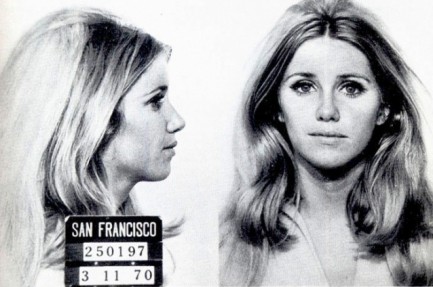| Femmes Fatales | May 19 2024 |

Let's not go off half-cocked.

This promo image with white markings shows Filipina actress Neile Adams, whose nickname was Nellie, entertaining dangerous thoughts with a machine pistol at her side. Adams is known, these days, for being the wife of screen legend Steve McQueen, but she appeared in about ten films and an equal number of television shows, including The Man from U.N.C.L.E., Police Woman, and The Rockford Files. There are versions of this photo with McQueen pasted into the background, so for the fun of it we added one below.

| Vintage Pulp | Oct 1 2022 |

Garner's portrayal of a classic detective feels a lot like a Rockford Files test run.
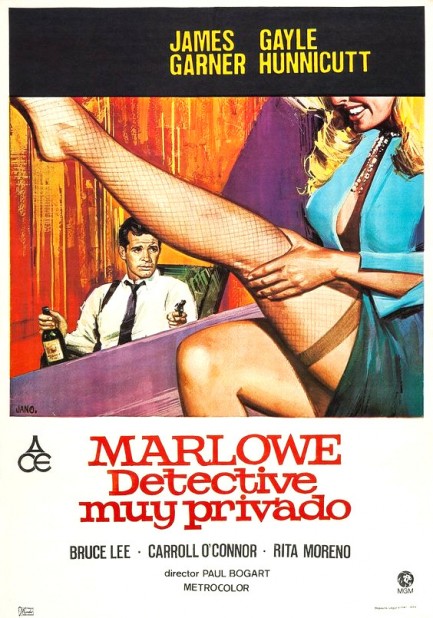
Raymond Chandler's novels have been adapted to the screen several times. One of the lesser known efforts was 1969's Marlowe, which was based on the 1949 novel The Little Sister and starred future Rockford Files centerpiece James Garner as Chandler's famed Philip Marlowe. You see a cool Spanish popster for the movie above, painted by Fernandez Zarza-Pérez, also known as Jano. As usual when we show you a foreign promo for a U.S. movie, it's because the domestic promo isn't up to the same quality. In this case the U.S. promo is almost identical, but in black and white. The choice was clear.
Since you know what to expect from a Chandler adaptation, we don't need to go into the plot much, except to say it deals with an icepick murderer and ties into show business and blackmail. What's more important is whether the filmmakers made good use of the original material, either by remaining true to its basic ideas or by imagining something new and better. They weren't going for new in this case. They were providing a vehicle for the charismatic Garner and ended up with a movie that features him in the same mode he would later perfect in Rockford.
Marlowe has a few elements of note. Rita Moreno plays a burlesque dancer, and it's one of her sexier roles. Bruce Lee makes an appearance as a thug named Winslow Wong. Garner is the star, so it isn't a spoiler to say that Lee doesn't stand a chance. He's dispatched in unlikely but amusing fashion. Overall, Marlowe feels like an ambitious television movie and plays like a test run for Rockford, but it's fun stuff. We recommend it for fans of Chandler, Moreno, Lee, Carroll O'Connor (who co-stars as a police lieutenant), and especially Garner. It premiered in the U.S. in 1969, but didn't reach Spain until today in 1976.
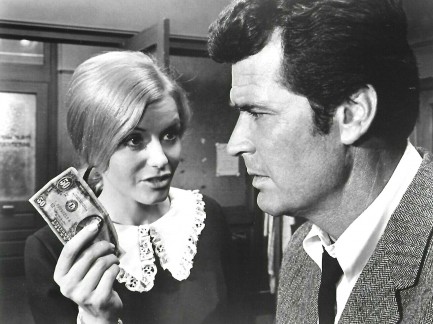
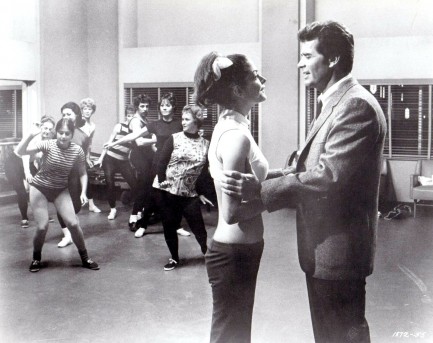
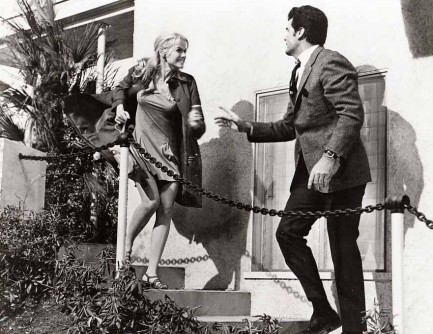
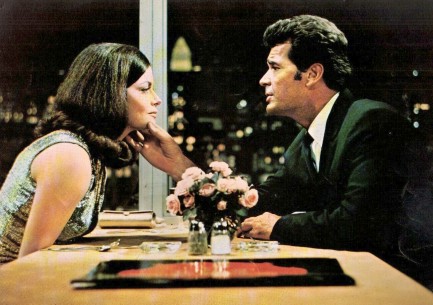

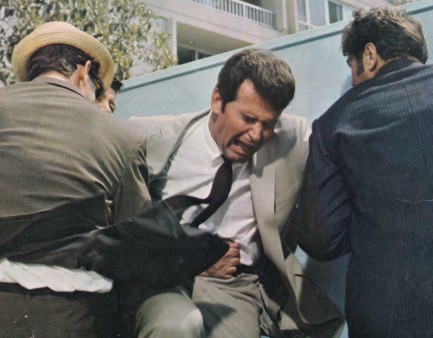
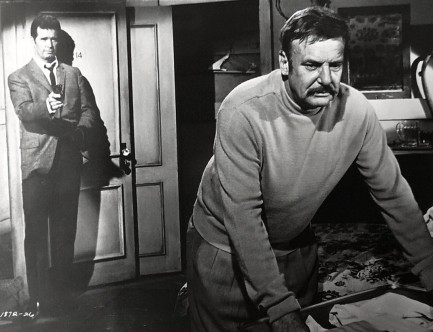
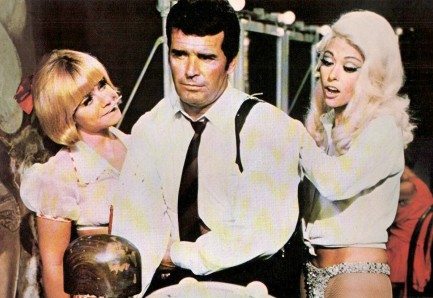
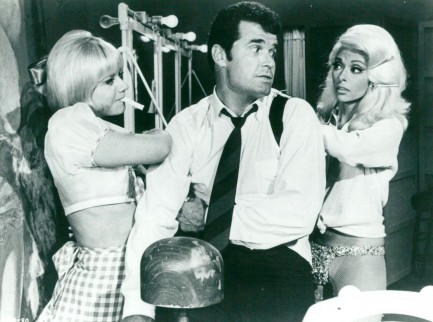

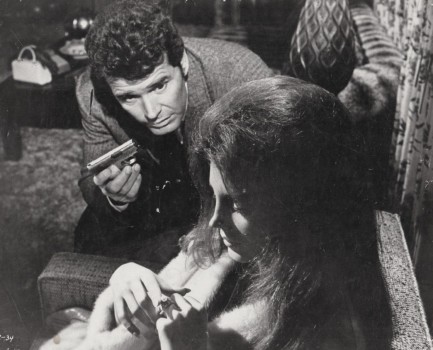

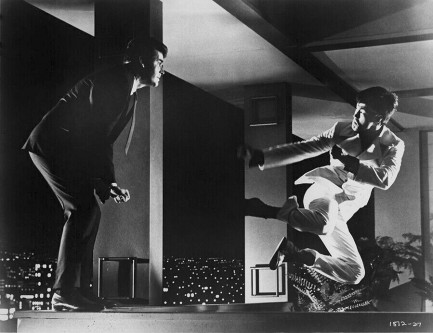
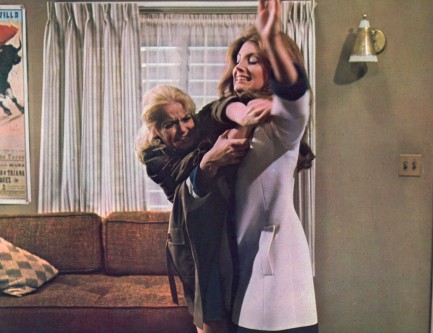
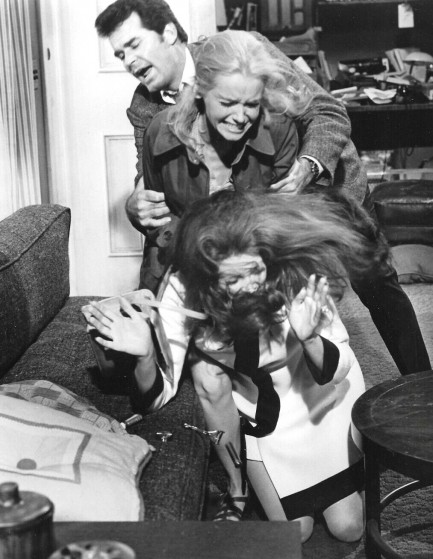
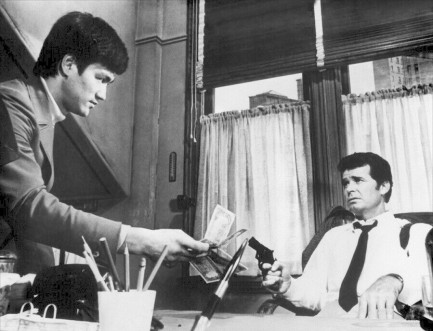
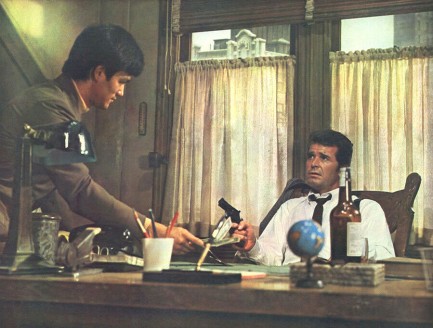

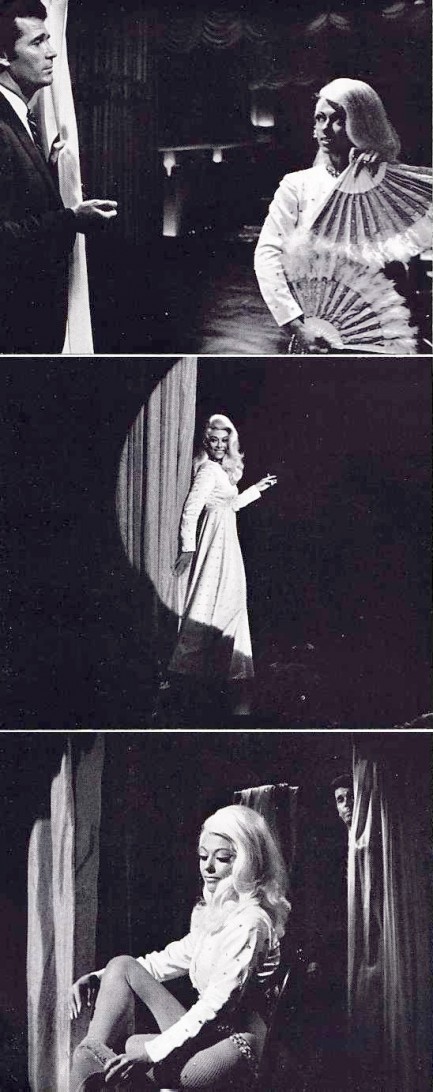
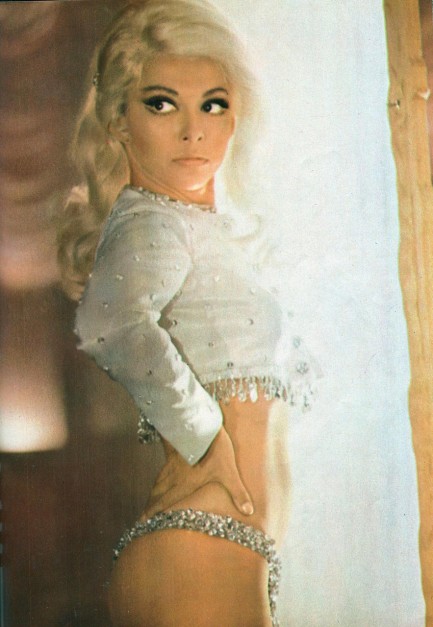
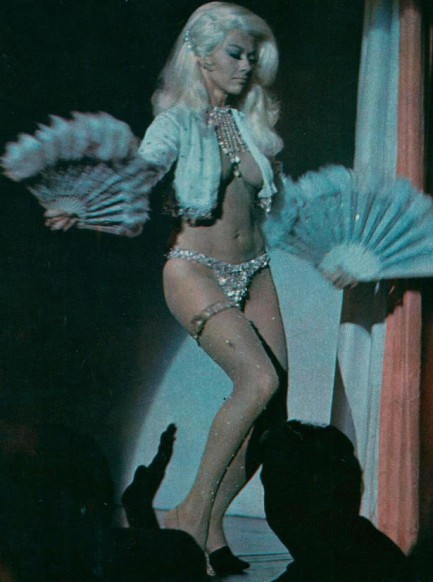
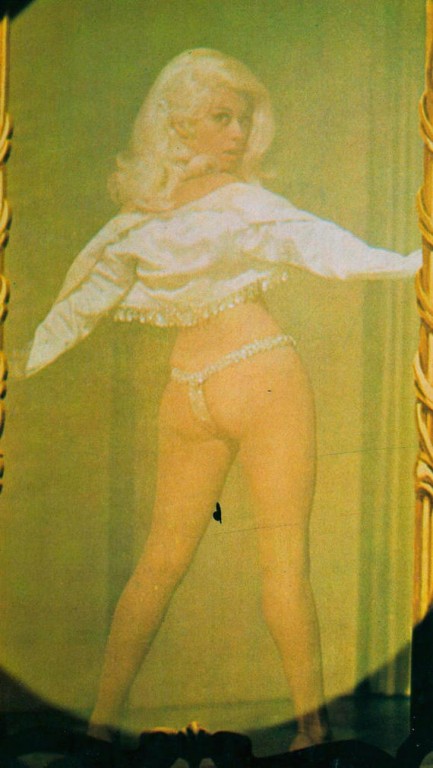
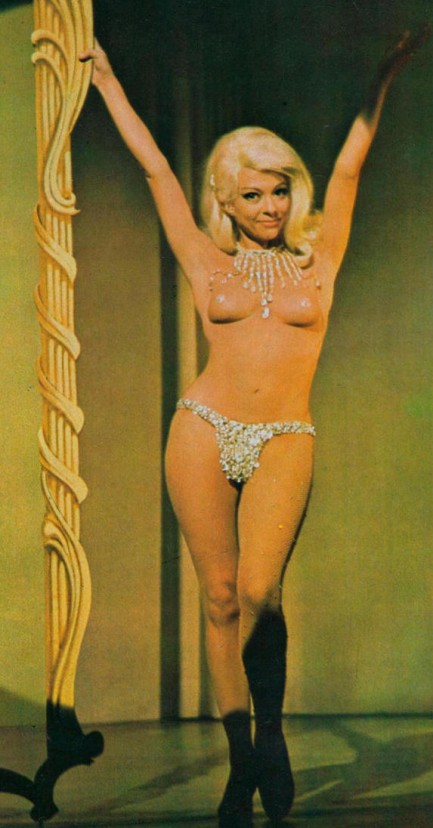
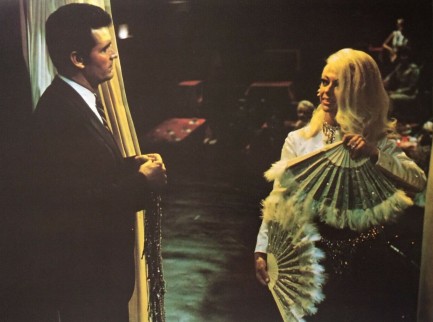
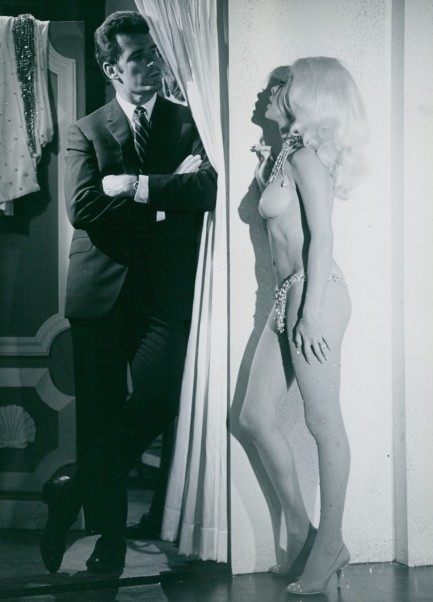
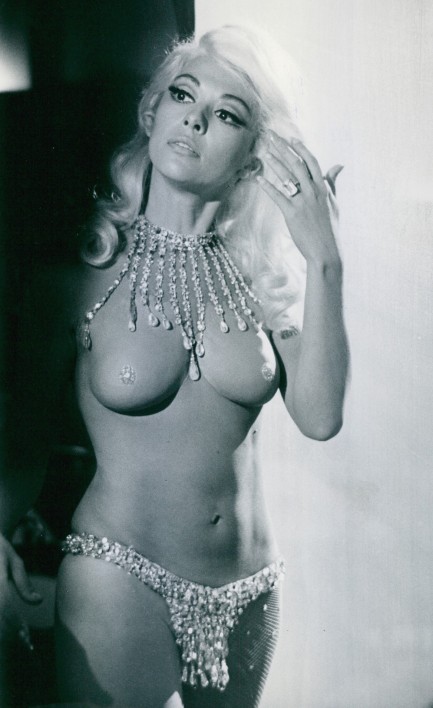
| Femmes Fatales | Feb 11 2015 |

It’s when the second set of photos were made that she probably felt like hiding.
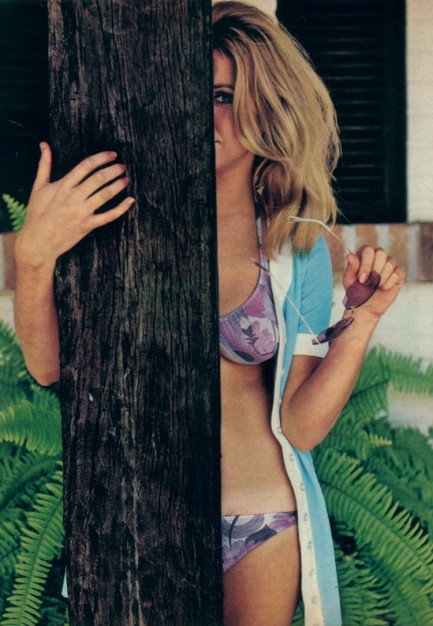
Is Suzanne Somers really a femme fatale? Good question. Well, before she became extremely famous playing Chrissy Snow on the 1970s/80s sitcom Three’s Company, she had bit parts in such films as Bullitt, Magnum Force, and the populist thriller Billy Jack Goes to Washington. She also guested on Starsky and Hutch and The Rockford Files. Some may consider all of that a thin résumé. In that case, check out her booking photos below—that’s instant fatale credibility. Those are from March 1970, when she was arrested in San Francisco for passing bad checks, and the bikini shot showing her having a much better time in Puerto Vallarta is from later the same year.
